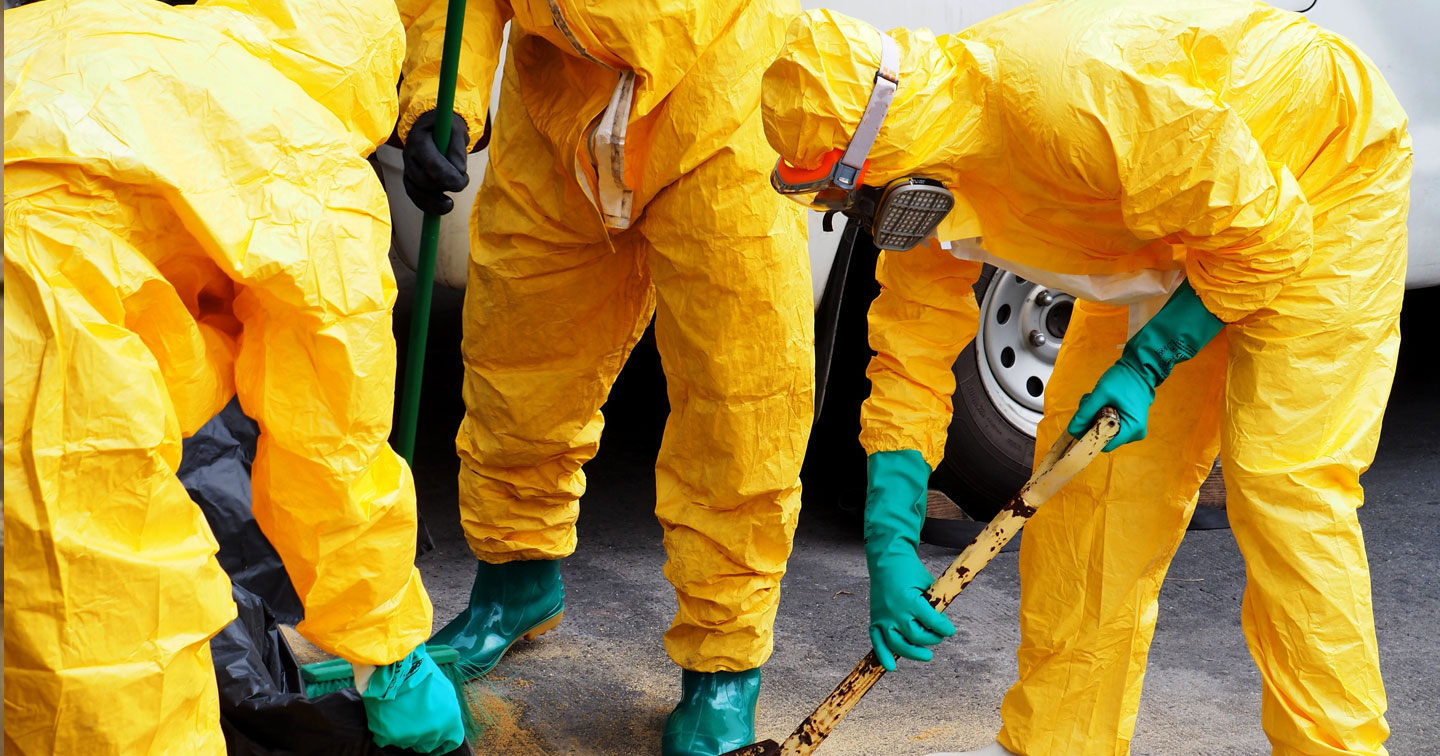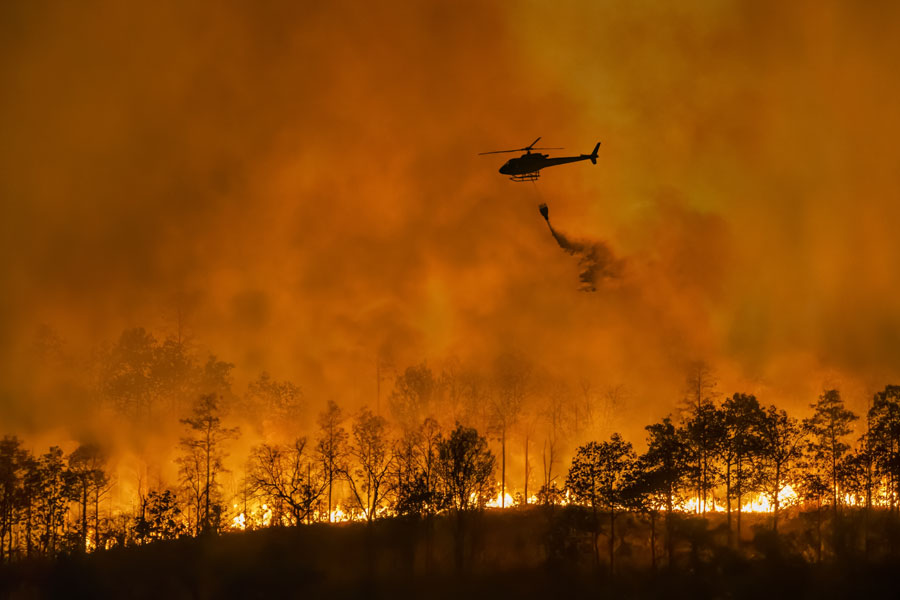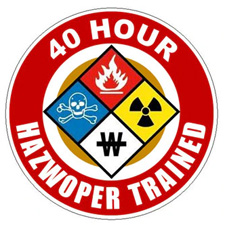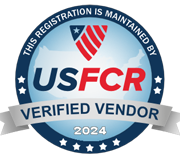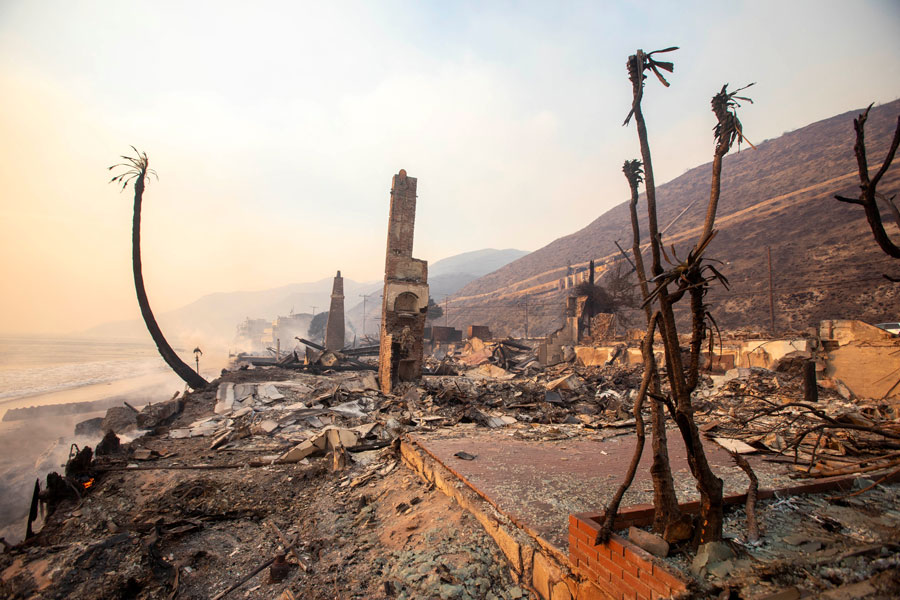
SANTA MONICA, CA – In the wake of devastating fires in Los Angeles County that have left unprecedented destruction in their wake, a new – but potentially equally dangerous – issue has cropped up: pollution from hazardous substances that turn toxic when burned such as paints, pesticides, solvents, compressed gas cylinders, ammunition and lithium-ion batteries from electric cars.
The disaster began as two separate fires that, together, caused an astonishing level of devastation within the state. The first fire – dubbed the “Eaton Fire” – began on the evening of January 7, 2025, in the Eaton Canyon in the San Gabriel Mountains, and before finally being contained on January 31, was responsible for 17 deaths and the destruction of over 9,000 structures.
The second fire – dubbed the “Palisades Fire” – also began on January 7, this one in Santa Monica Mountains of Los Angeles County, and was also eventually contained on January 31; it killed 12 people and destroyed 6,837 structures.
But despite now being under control, the worry and dread of local area residents over the Eaton and Palisades Fires have not abated due pollution concerns. Private federal contractors are currently being utilized to clean up affected areas with hundreds of tons of hazardous waste, but a recent report indicates that the U.S. Army Corps of Engineers plans to break from nearly two decades of protocol and not test the soil at properties damaged by the fires for contamination, including homes and schools.
The decision on the part of the U.S. Army Corps of Engineers has drawn outrage and immense backlash from state and federal agencies, who say the lack of proper cleanup safeguards are threatening the health of countless Californians.
These concerns are being compounded by incoming rain storms that are expected to deliver at least three inches of precipitation through Friday that could cause flooding and, in turn, spread the feared contamination even further.
Residents are also leery of the cleanup methods being used by federal contractors; residents from Duarte, Azusa and nearby cities are opposing the Environmental Protection Agency’s use of Lario Park in Irwindale as a temporary site to separate, package and transport potentially hazardous waste from the Eaton Fire. According to Los Angeles County Supervisor Hilda Solis, residents are at risk of the materials being stored at the federally-owned park polluting the air or seeping into groundwater.
The removal of these materials should not come at the cost of creating a toxic environment for communities already disproportionately impacted by pollution,” Solis said.
The aftermath of the Eaton and Palisades Fires are a stark reminder of the vital importance of using experienced, knowledgeable, and ethical hazmat cleanup contractors when responding to such a disaster. Utilizing proper procedures to clean up the hazardous materials and ensure their safe removal and disposal is of the absolute, utmost importance.




